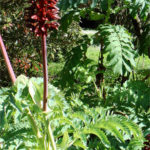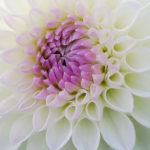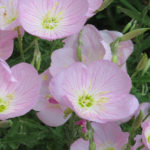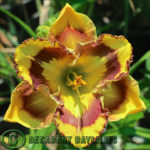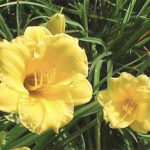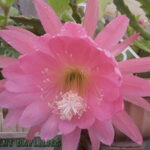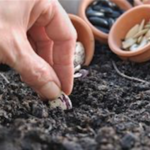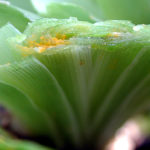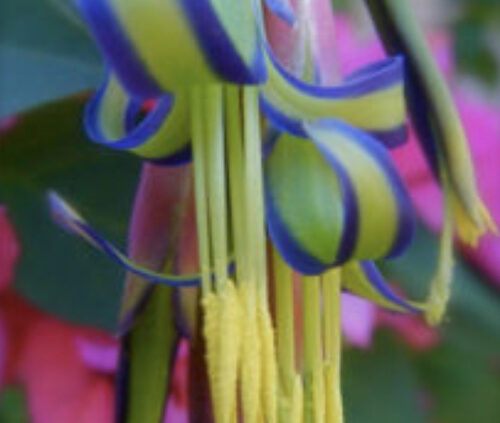
Queens Tears Plant Billbergia Nutans
Queens Tears Plant – How to Grow Billbergia Nutans
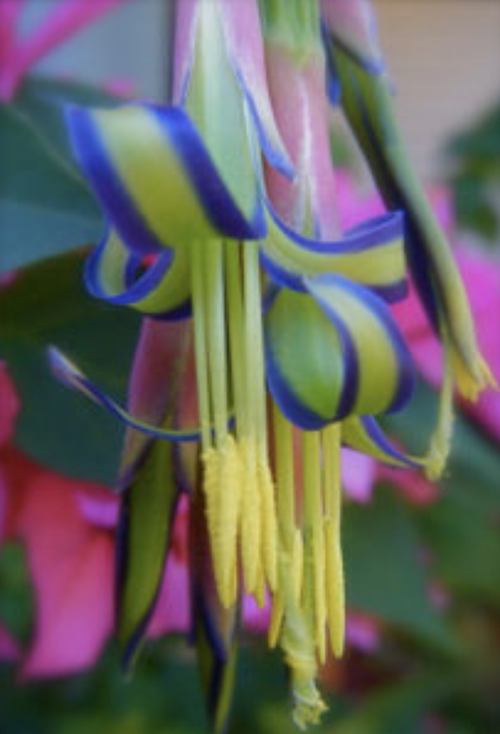 Queens tears or friendship plant has the botanical name Billbergia Nutans and it is a vigorous epiphytic ornamental plant. This plant is native to Brazil and belongs to Bromeliaceae family. Since this plant produces a number of offsets which can be shared with friends, it is called a friendship plant. When in bloom, this plant has a striking appearance. The silvery green leaves stand upright to create a vase like structure or rosette. The multi coloured pendulous clusters of flowers are produced on long pink stems. The bracts are pink coloured with blue and green blossoms that have long stamens which are yellow in colour. The plant has tough leaves with toothed edges. Queens tears are suitable to grow in partly shady locations or grown as indoor plants. The plant grows to a height of 15 inches and it needs space to spread out. The story goes when the plant is touched or moved the drops of nectar comes out of the flowers and thats how the plant gets the name Queen’s tears. This is a frost hardy plant with few pests and diseases.
Queens tears or friendship plant has the botanical name Billbergia Nutans and it is a vigorous epiphytic ornamental plant. This plant is native to Brazil and belongs to Bromeliaceae family. Since this plant produces a number of offsets which can be shared with friends, it is called a friendship plant. When in bloom, this plant has a striking appearance. The silvery green leaves stand upright to create a vase like structure or rosette. The multi coloured pendulous clusters of flowers are produced on long pink stems. The bracts are pink coloured with blue and green blossoms that have long stamens which are yellow in colour. The plant has tough leaves with toothed edges. Queens tears are suitable to grow in partly shady locations or grown as indoor plants. The plant grows to a height of 15 inches and it needs space to spread out. The story goes when the plant is touched or moved the drops of nectar comes out of the flowers and thats how the plant gets the name Queen’s tears. This is a frost hardy plant with few pests and diseases.
Where to Plant?
The plant needs bright and indirect light and should be planted in partly shaded outdoor areas or indoors. You can plant them in a garden bed as well as planting them in pots or planters. The plant needs moderate humidity otherwise the leaf tips of the queens tears may turn brown when the air is dry. They are certainly tolerant of dryness to a certain extent. The most suitable potting mix to grow the queens tears in, are an orchid mix or Bromeliad mix or well drained slightly acidic soil. Keeping rainwater or ground water in the centre of the rosette of the plant helps to maintain the required humidity. Avoid soaking the base of the plant to prevent root rot.
How to Take Care of the Plant?
Because the roots are shallow, care must be taken to water the plant properly. This is to use a liquid fertiliser diluted quarter to half strength to feed the leathery leaves of the plant, every two weeks in summer and spring. During autumn and winter, use the fertiliser monthly. During spring and summer, keep the cup in the centre of the plant filled, this will make and keep the roots moist. During winter and autumn, it is important to keep the roots slightly dry to prevent root rot.
How to Grow?
You can use the offsets or pups that grow from the base of the plant to create new plants. When the offsets are 6 inches tall, cut them off from the parent plant using a sharp knife and re-pot the plant in a pot containing a new batch of potting mix that is suitable and free draining for queens tears plants. Individual plants can last for three years and after that, the clump should be divided and repotted.
Tips to Make the Plant Bloom
It is possible to make the queens tears plant to bloom. The usual blooming period is from March to April and the flowers will last for 6-8 weeks. To make the plant bloom, you can add 1 teaspoon of Epsom salts to a gallon of water. Watering the plant with the epsom salts solution for a month then blooms will start to appear within one month. Another method is to place the plant along with an Apple inside a plastic bag for at least one week. The ethylene gas released by the apple induces the plant to flower.



